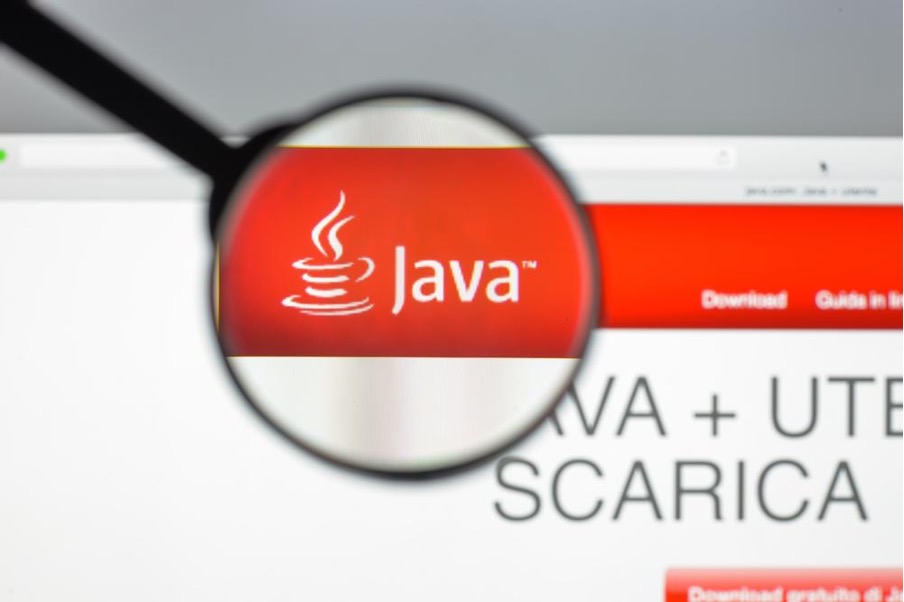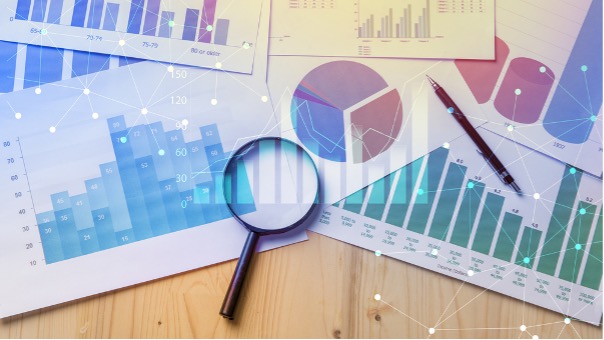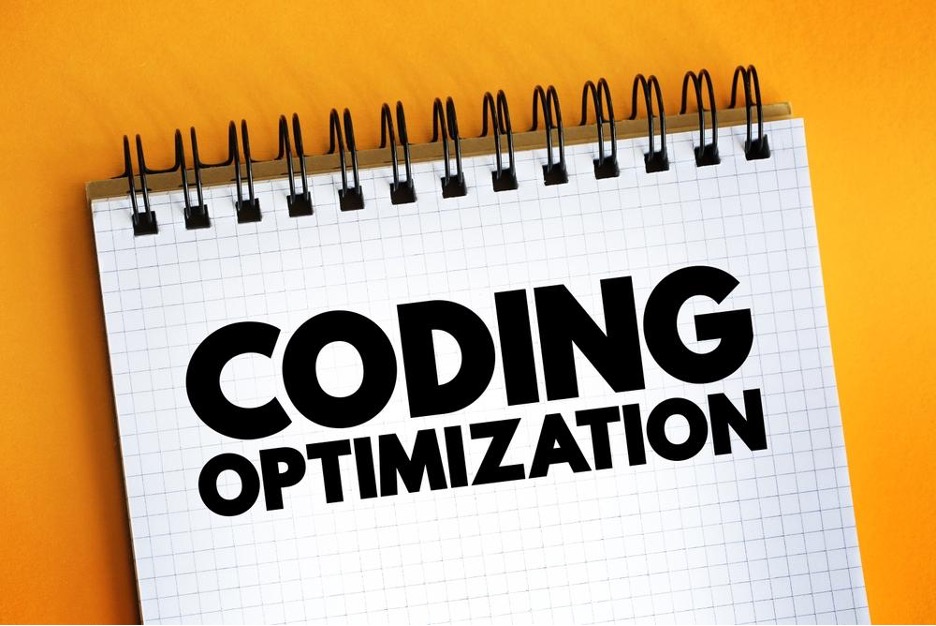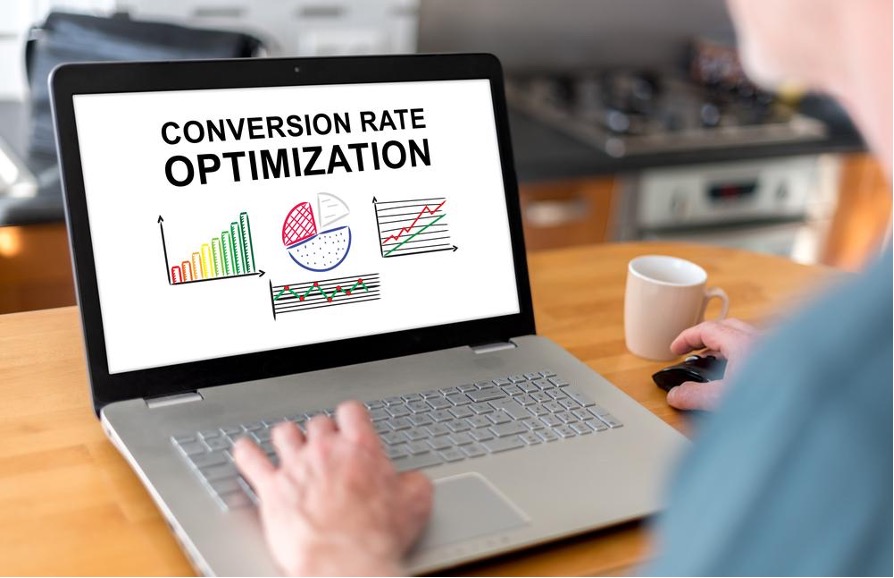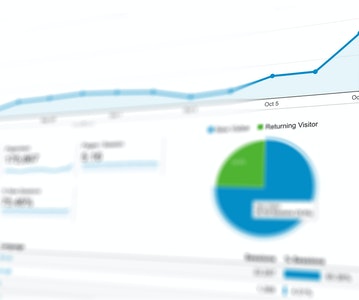This article is about Data Science
9 Data Mining Functionalities to Uncover Hidden Insights
By NIIT Editorial
Published on 12/06/2023
By a technique known as "data mining," valuable information may be extracted from massive databases. Businesses in the present age of technology collect vast amounts of data from a wide range of sources, such as social media, customer databases, and site analytics.
This kind of data might enhance your comprehension of your clientele, the economy, and your business's bottom line. Yet, the sheer volume of data may make it challenging to extract meaningful insights; this is where data mining comes in.
Every company needs the capability to mine data for hidden relationships, trends, and correlations. By analysing this information, businesses may potentially acquire a competitive advantage, improve company processes, and make decisions based on hard evidence.
In this article, we'll go over 9 important data mining skills and how you can use them to find hidden insights.
Table of Contents
- Classification
- Clustering
- Regression
- Association Rule Mining
- Time Series Analysis
- Anomaly Detection
- Text Mining
- Visualization
- Feature Selection
- Conclusion
1. Classification
In data mining, classification is a technique used to organise information into meaningful categories. This technique has obvious utility in preventing fraud, but it also has potential uses in the fields of medicine and email screening.
In decision tree analysis, a tree-like structure is constructed to represent a set of alternatives and their probable consequences, making it a frequently used technique of classification. The tree's "nodes" represent possible actions, while the tree's "branches" represent the many possible results. Intuitively, decision trees can handle both discrete and continuous data.
By automating decision-making processes, businesses may potentially save money and time via classification. However, picking the right categorization approach is not always simple. There is also the possibility of overfitting when dealing with classification models, in which the complexity of the model causes it to fail on new data.
2. Clustering
Data mining techniques like clustering include grouping data points based on their shared features. This technique has a wide range of applications, including customer segmentation, image segmentation, and document clustering.
K-means in cluster analysis, the dataset is often partitioned into a set number (k) of clusters using the clustering technique. The centroid represents the whole cluster by being the geometric mean of the points that make it up.
The power of clustering lies in its capacity to identify hidden subgroups in data, which can then be used to reveal previously unseen patterns in things like customer behaviour and market trends. The challenge is in identifying the optimum cluster size, with results typically being very context dependent.
3. Regression
In data mining, regression is used to model the association between a dependent variable and a collection of independent factors. This approach has several applications, including but not limited to: sales forecasting, stock price prediction, and medical diagnosis.
One typical approach to dealing with regression is linear regression, in which a straight line is fitted to the data. The slope and intercept of a line illustrate the relationship between independent and dependent variables.
By analysing historical data, organisations may more accurately predict the future thanks to regression. While regression models may be susceptible to outliers, it is possible that the relationship between the independent and dependent variables is not linear.
4. Association Rule Mining
Data mining techniques like "association rule mining" look for paired correlations in a dataset. One use of this technique is market basket analysis, but it may also be used by companies to learn what products their consumers often purchase together.
The Apriori algorithm is widely used as a means of mining association rules. It does so by first generating sets of often occurring objects, which are then used to build rules. An association rule may characterise the relationship between two or more data elements in a dataset.
When applied to a dataset, association rule mining has the potential to reveal unexpected relationships between its variables. Therefore, it may be challenging to separate the necessary regulations from the useless ones. The use of different confidence and minimum support levels may also impact the outcomes.
5. Time Series Analysis
In the context of data mining, time series analysis refers to the modelling of a variable's change over time. This approach has several applications, including financial forecasting, meteorology, and stock market analysis.
Time series analysis often use the ARIMA model, an acronym for "autoregressive integrated moving average." The ARIMA model can extract trend, seasonal, and residual components from time series, which may then be used to make predictions.
Long-term trends and seasonal patterns in the data might be useful for making predictions, and they may be uncovered using time series analysis. While time series models have their uses, they may be difficult to understand without a background in statistics. It's possible that the results are sensitive to the values used for the model's parameters.
6. Anomaly Detection
Anomaly detection allows data miners to isolate information that doesn't fit the norm. This technique has several applications, including but not limited to those of fraud detection, network intrusion detection, and medical diagnosis.
The Z-score and the interquartile range are two common statistical methods used to identify outliers (IQR). Using these methods, we may potentially label data points as outliers based on how distant they are from the set's mean or median.
The capacity to spot anomalies early on may alert firms to problems before they become catastrophic. A strong understanding of the data and the underlying statistical distributions is necessary for reliably spotting outliers. Due to the detection method and the anomaly reporting threshold, the results may potentially be subtle.
7. Text Mining
Data mining takes on a new dimension with text mining, which involves the analysis of unstructured textual data such as emails, social media posts, and user reviews. Several tasks, including as sentiment analysis, topic modelling, and text classification, may benefit from this approach.
A popular approach to text mining, natural language processing (NLP) uses machine learning techniques to analyse and evaluate text written in natural languages. Natural language processing allows for the extraction of useful information from text, including opinions, subjects, and entities.
Companies may get a deeper understanding of their consumers' motivations and attitudes via text mining. Real-world language, with all its nuance and richness, may make text mining difficult. Results might be influenced by the thoroughness of the NLP algorithm used to analyse the text input.
8. Visualization
Visual representations of data, such as charts, graphs, and photographs, are used in data mining as a means of gaining insight from the data being gathered. This approach may be used for a variety of purposes, such as data exploration, analysis, and display.
Bar charts, line charts, scatter plots, and heat maps are only few of the visual representations of data. Different visualisation approaches are more effective for different types of data and studies.
Businesses may benefit from data visualisation because it reveals patterns and trends that would otherwise be obscured by the sheer amount of data. Moreover, data visualisation may be used to convey complex information to non-specialists. Yet, it might be misleading if the data is presented incorrectly or if the visualisation is badly built.
9. Feature Selection
In data mining, feature selection is a technique used to extract relevant features from a dataset. Feature selection is helpful in many fields, including machine learning, since it may improve a model's accuracy and performance.
Principal component analysis, correlation analysis, and mutual information are just a few of the methods that may be used for feature selection (PCA). Not all methods can handle the same data or analysis.
It's an advantage because feature selection has the ability to make data analysis quicker and more accurate. Yet, feature selection may be challenging since it requires knowledge of both the data and the analysis being conducted. Incorrect feature selection might also lead to lost information.
Conclusion
Data mining is an efficient strategy for extracting hidden insights from large data sets. There are 9 main elements of data mining, and this blog covers them all: classification, clustering, regression, association rule mining, time series analysis, anomaly detection, text mining, visualisation, and feature selection.
There are advantages and disadvantages to using any data mining tool, so it's important to choose the one that works best for your specific problem and data. For example, you may use classification to make an educated estimate as to which category a new data point belongs in, and clustering to locate groups of similar data.
Data mining is used in a wide variety of industries to improve decision-making, optimise operations, and save costs across healthcare, finance, marketing, and manufacturing, to name a few. As the quantity and sophistication of accessible data increases, the need for data mining techniques will rise accordingly.
In conclusion, data mining is an important field of study due to the information it may provide. When businesses use the best data mining strategy for a certain issue, they may get an advantage over the competition and make more educated decisions. A data science course may teach you how to unlock the secrets of data mining and uncover previously unseen patterns and correlations.
 Sign Up
Sign Up



